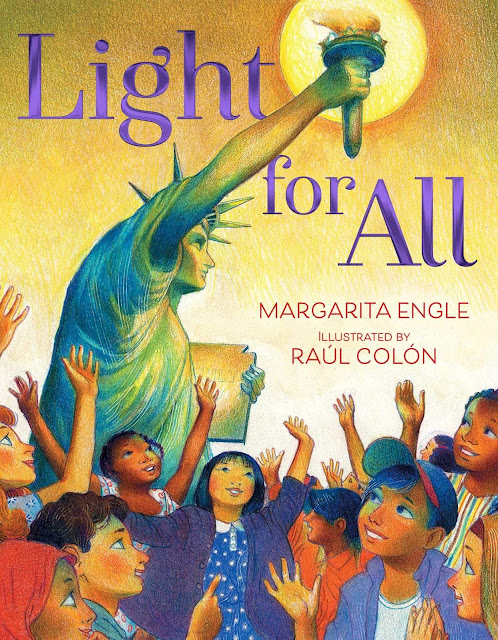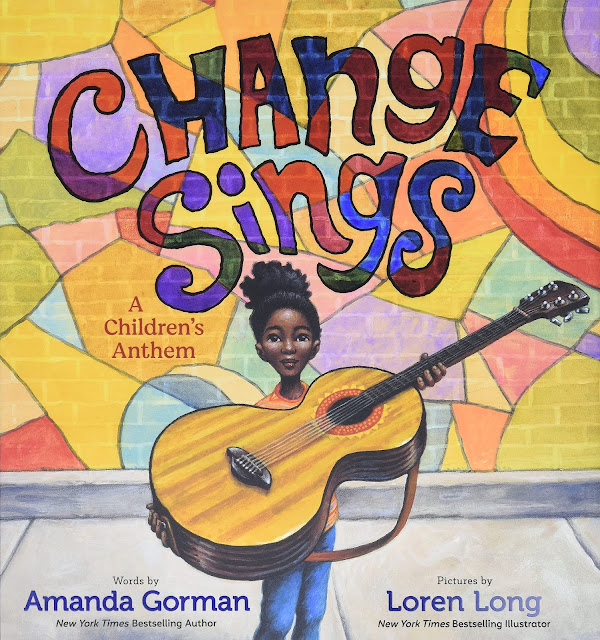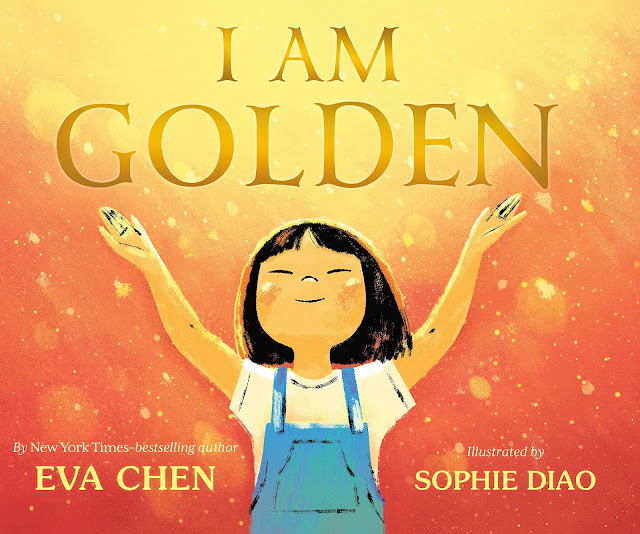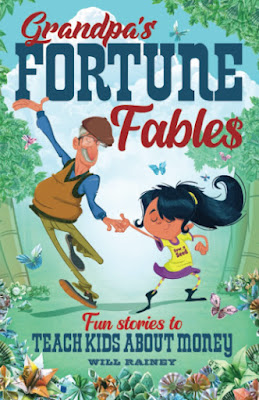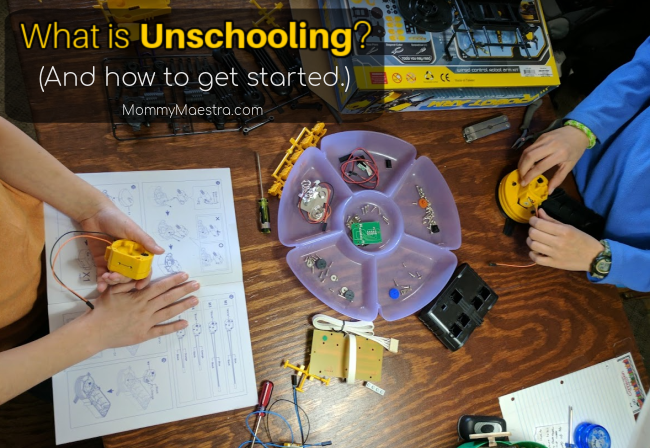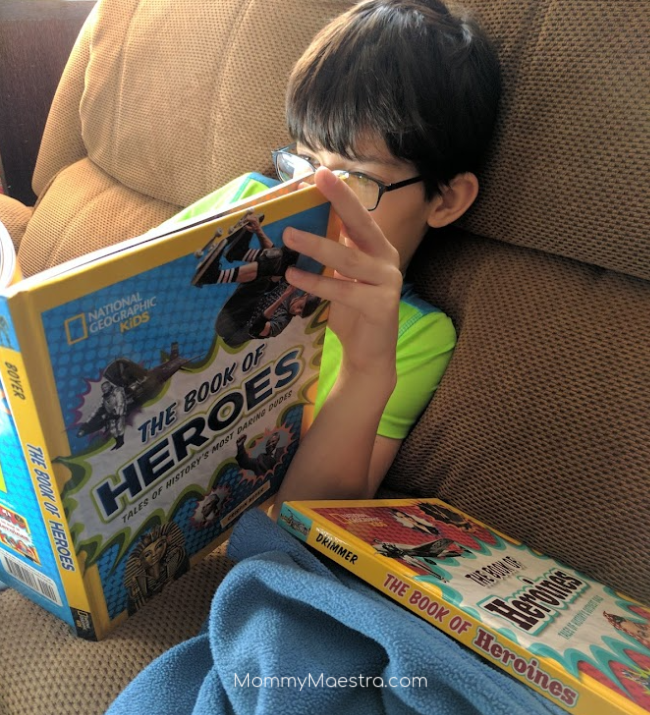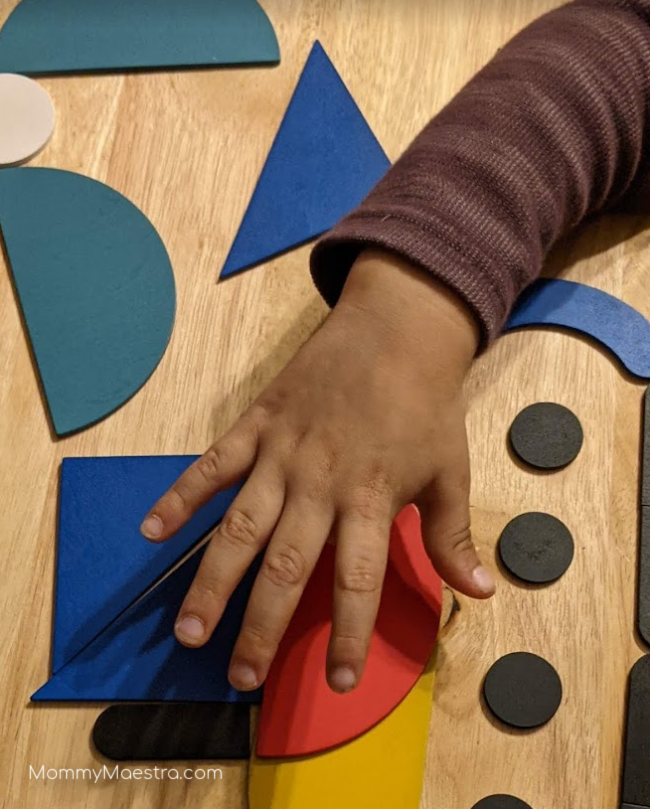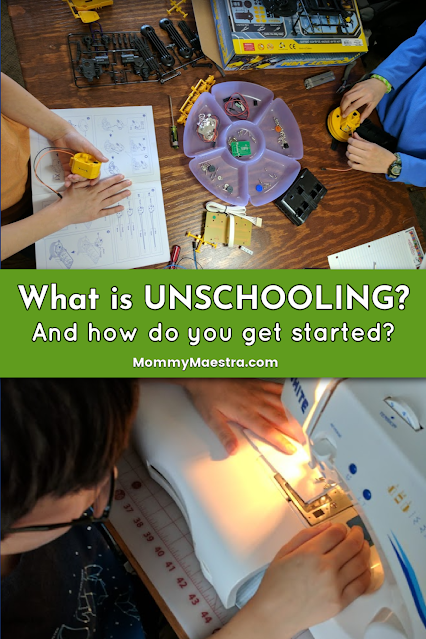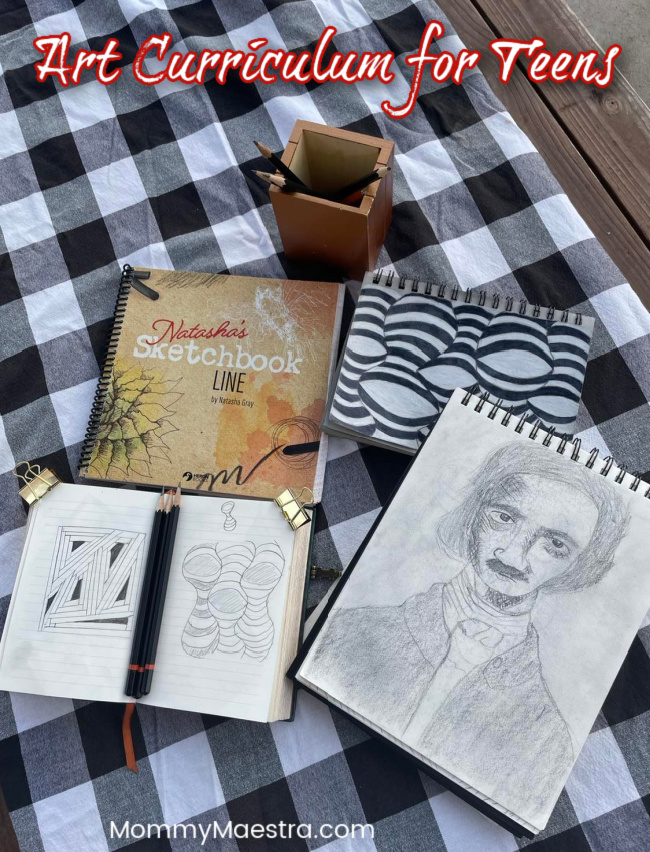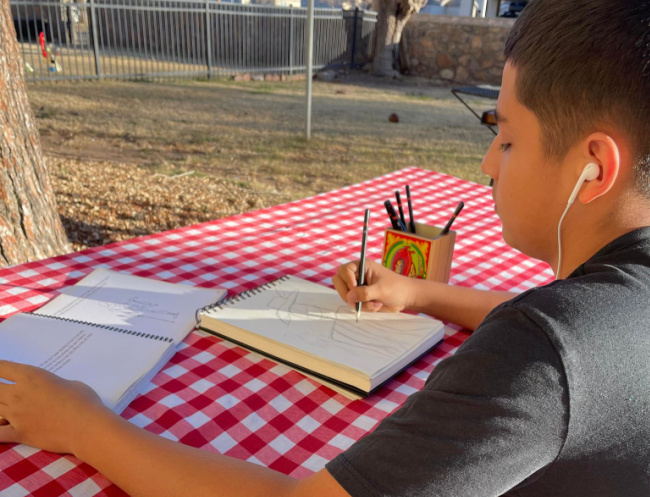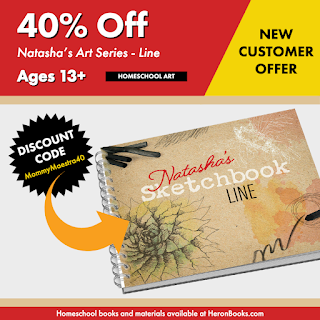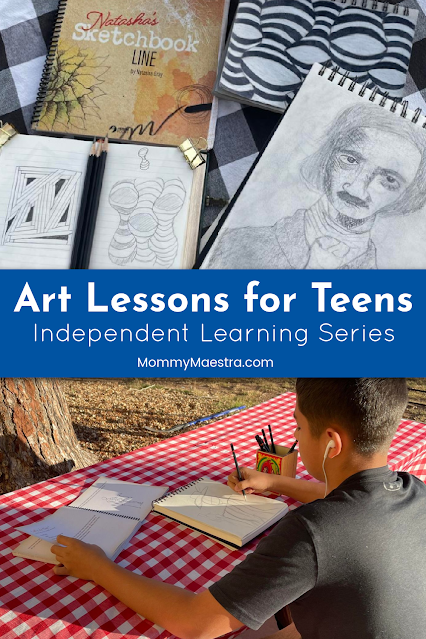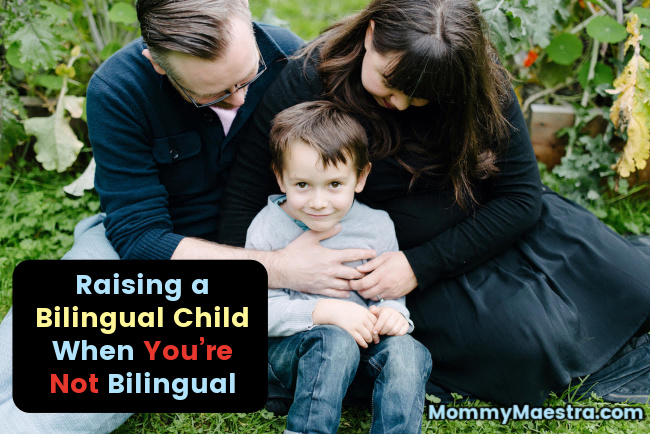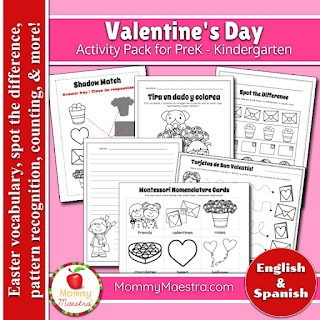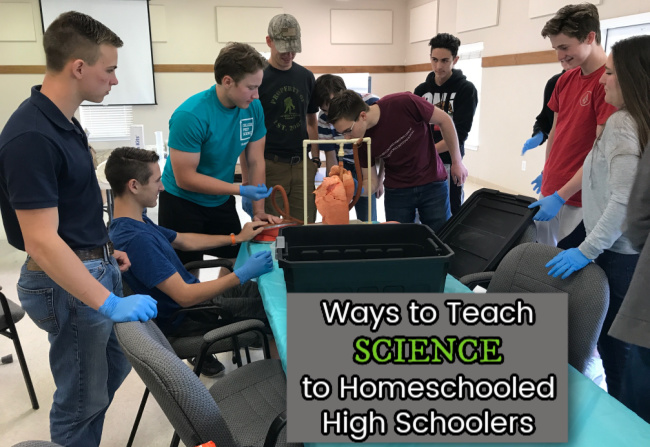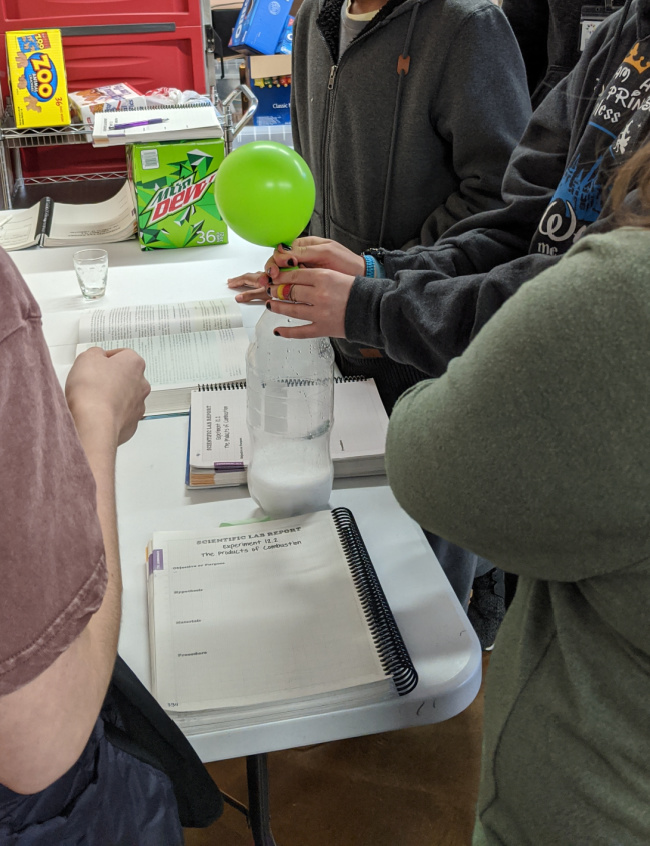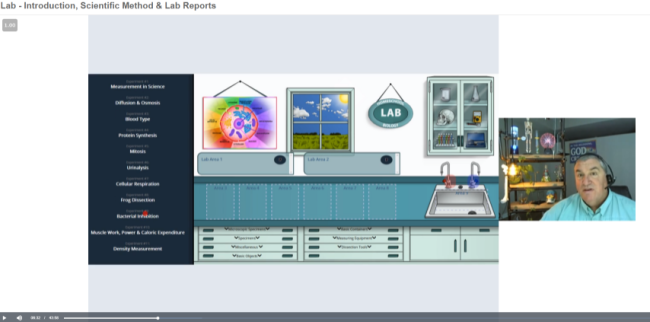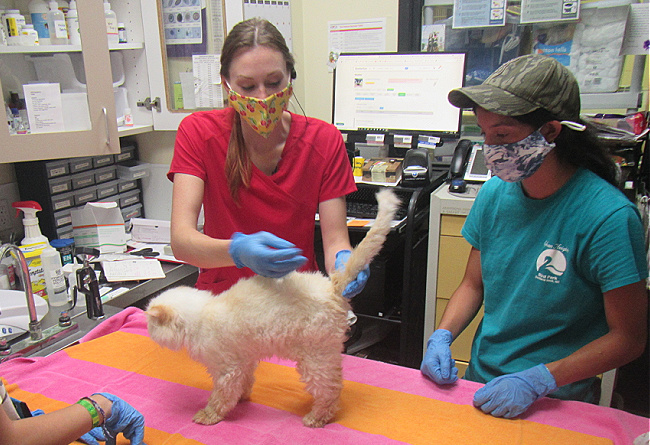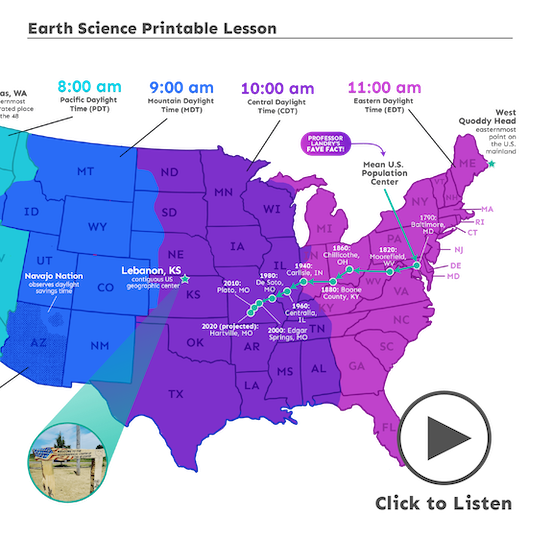
If you are looking for some motivational picture books, here's my list of three books that inspire children to read in honor of Read Across America Day.
What is Read Across America Day?
This Wednesday, the National Education Association (NEA) will be celebrating its 24th annual Read Across America Day. This is the NEA's largest reading initiative of the year and their focus has evolved over the years.
Early on, Read Across America highlighted the works of Theodor Seuss Geisel (A.K.A. Dr. Seuss) and his famous Cat in the Hat character became the unofficial (?) mascot for the program. But as certain controversy developed over the last few years around Dr. Seuss, the program has pivoted and refocused instead on diverse books that reflect the faces and experiences of young readers.
This year, to celebrate, I wanted to share with you some amazing new titles that have been recently released. You may have heard of some of them (hopefully all of them!), but just in case you haven't, I strongly encourage you to find them in your local library or bookshop. If you can't find them there, I've included Amazon affiliate links so that you can order them online.
3 Inspiring Picture Books for Young Children
I pre-ordered this book ages ago and it finally arrived before Christmas. Such a beautiful book both in words and illustrations! It was created by two of my favorites in the genre: poet Margarita Engle and artist Raúl Colón.
Light for All is a picture book that tells the immigrant experience to young readers. It centers around the Statue of Liberty's flame and how it shines brightly for all. Nine years ago, I shared my own family's immigration story. My experience is why I am such a passionate supporter of immigrants.
This lovely book is a must-have for every family home library. And every school library. And every community library. I love the diversity of backgrounds that are represented and the numerous reasons given as to why immigrants leave their homes and venture to another country.
Here is a description of the book:
Discover the myriad contributions that all immigrants have made as they come to join family or start their own lives together in a new country they call home. Coming with their hopes, dreams, and determination, generations of immigrants have made the fabric of this country diverse, vivid, and welcoming.
This vibrant and timely celebration demonstrates the thousands of immigrants who built America and the importance of having acceptance and light for everyone.
Simon and Schuster has downloadable resources here on this page.
This book is described as a call to action - and it totally is! The vibrant illustrations add even more beauty to Gorman's empowering poem. Children will be uplifted, inspired, and ready for action after reading Change Sings: A Children's Anthem.
Here is the description of the book:
"I can hear change humming
In its loudest, proudest song.
I don't fear change coming,
And so I sing along."In this stirring, much-anticipated picture book by presidential inaugural poet and activist Amanda Gorman, anything is possible when our voices join together. As a young girl leads a cast of characters on a musical journey, they learn that they have the power to make changes—big or small—in the world, in their communities, and in most importantly, in themselves.
And here are additional resources to extend the learning with this book:
- Learning to Give has this literature guide
- Seedlings Educators Collaborative also put together this comprehensive set of activities to pair with this title.
- And TPT has a lot of downloads created by educators for this book
This joyful and lyrical picture book from New York Times bestselling author Eva Chen and illustrator Sophie Diao is a moving ode to the immigrant experience, as well as a manifesto of self-love for Chinese American children.What do you see when you look in the mirror, Mei? Do you see beauty?We see eyes that point toward the sun, that give us the warmth and joy of a thousand rays when you smile. We see hair as inky black and smooth as a peaceful night sky. We see skin brushed with gold.
If you'd like to find more (bilingual) resources for Read Across America Day, check out these posts here on MommyMaestra:
- 5 Books Read Aloud on YouTube for Read Across America
- Dr. Seuss Books in Spanish
- Read Across America Books, Ideas, & Printable
- Diverse Books: reviews and features

